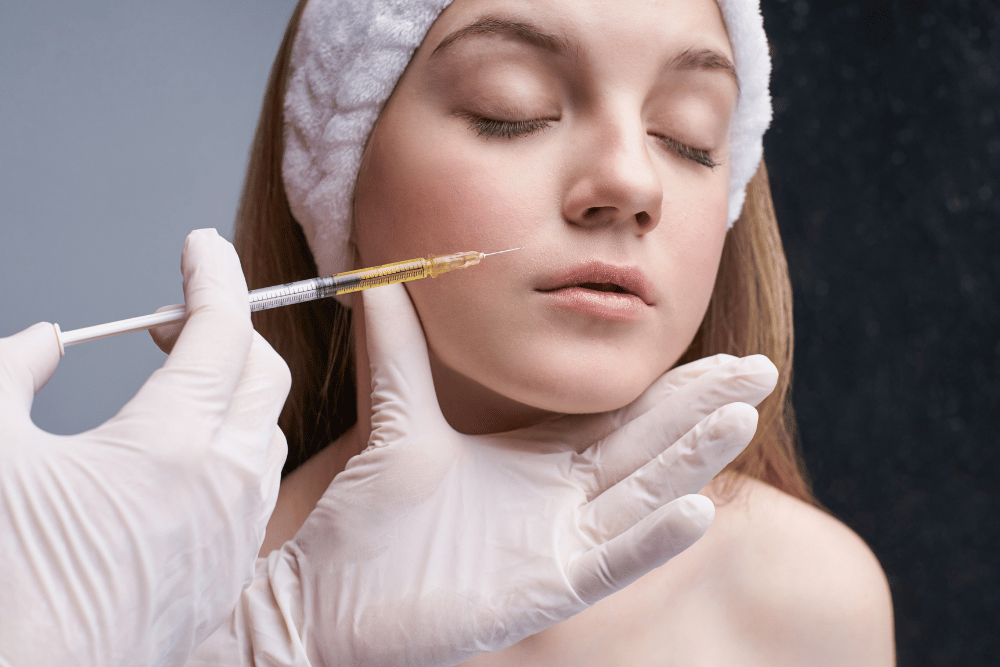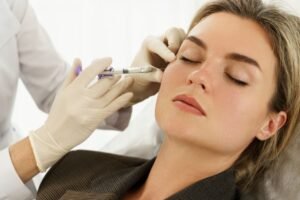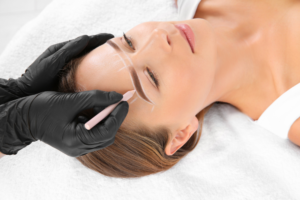Acne can leave behind frustrating reminders in the form of scars. If you’re searching for effective ways to diminish these marks, you’ve likely come across microneedling. But can this popular treatment truly make a difference? Let’s delve into the science and see what microneedling can offer for acne scars.
1. Understanding Acne Scars: A Quick Overview
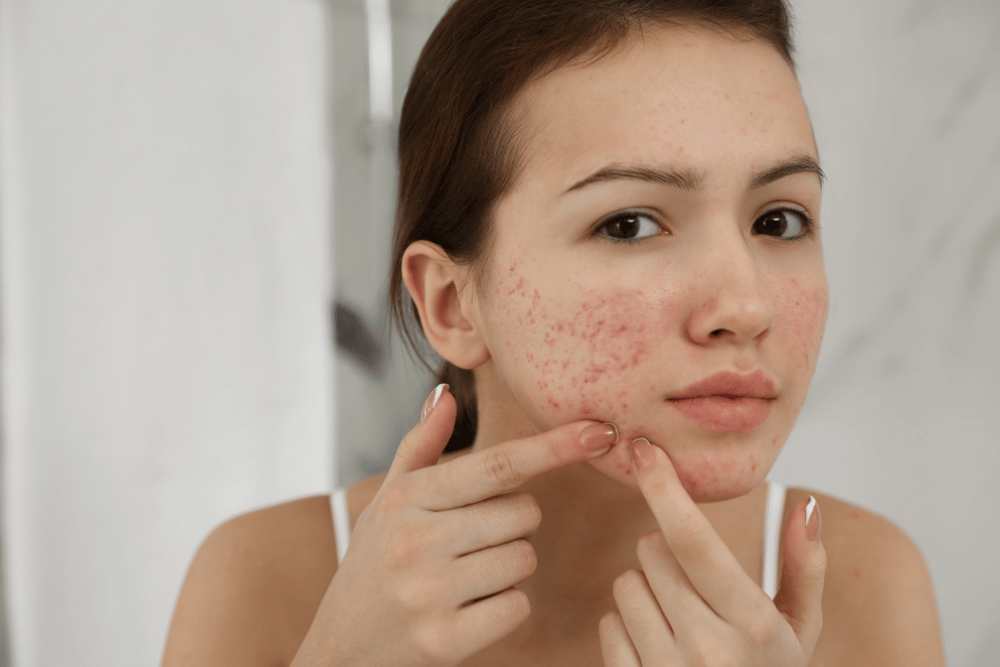
Atrophic Scars: These are the most common type of acne scars, characterized by depressions in the skin. They include:
- Ice Pick Scars: Deep, narrow, pit-like scars.
- Boxcar Scars: Broad, box-like depressions with sharply defined edges.
- Rolling Scars: Broad depressions with sloping, wavy edges.
Hypertrophic Scars: These are raised scars that develop when the body produces too much collagen during healing.
Keloid Scars: Similar to hypertrophic scars but extend beyond the original wound boundary.
2. How Microneedling Works for Acne Scars

Microneedling, also known as collagen induction therapy, involves using a device with tiny, sterile needles to create micro-injuries on the skin’s surface. This controlled damage triggers the body’s natural healing response, leading to:
- Collagen and Elastin Production: The primary benefit is the stimulation of new collagen and elastin, which are essential for skin structure and elasticity. This helps to fill in depressed scars and improve overall skin texture.
- Improved Blood Supply: Microneedling can enhance blood flow to the treated area, delivering vital nutrients and promoting healing.
- Breakdown of Old Scar Tissue: The process can help to break down existing, uneven scar tissue.
- Enhanced Product Absorption: The micro-channels created can improve the penetration and effectiveness of topical skincare products designed to treat scars.
3. What Types of Acne Scars Can Microneedling Help?

Microneedling is most effective for treating atrophic acne scars, particularly:
- Ice Pick Scars: While challenging, multiple microneedling sessions can help to improve their appearance.
- Boxcar Scars: These often show significant improvement with microneedling.
- Rolling Scars: The collagen stimulation can help to smooth out the undulating texture of rolling scars.
Microneedling may have limited effectiveness on hypertrophic and keloid scars, and other treatments are typically recommended for these types.
4. What to Expect During and After Microneedling for Acne Scars
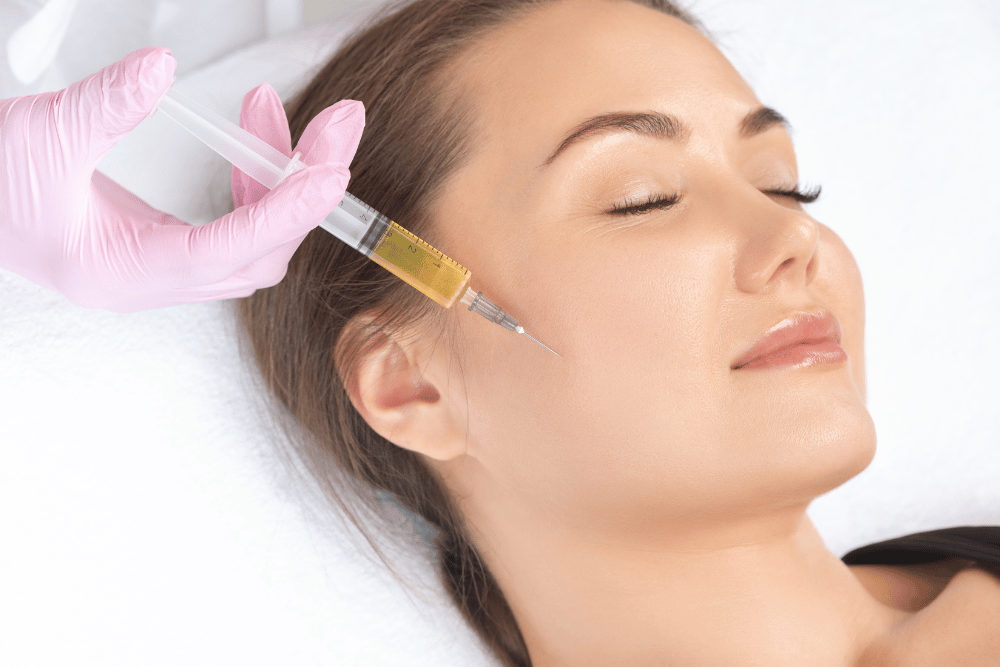
- During the Procedure: The skin is typically numbed with a topical anesthetic cream to minimize discomfort. You may feel a mild prickling or scratching sensation.
- After the Procedure: Expect some redness, swelling, and mild sensitivity, similar to a sunburn. This usually subsides within a few days. Your skin may feel slightly rough for a short period.
Multiple treatment sessions are typically required to achieve significant improvement in acne scars. The number of sessions will depend on the severity of the scarring and individual skin response.
Conclusion:
Microneedling can be a valuable tool in the fight against acne scars, particularly atrophic scars. By stimulating collagen production and promoting skin regeneration, it can lead to noticeable improvements in skin texture and the appearance of scars. However, it’s crucial to have realistic expectations and understand that multiple sessions are usually necessary.
Ready to explore if microneedling can help diminish your acne scars? Schedule a consultation with Dr. Vini Singh at Ziva Wellness to discuss your specific concerns and develop a personalized treatment plan.

